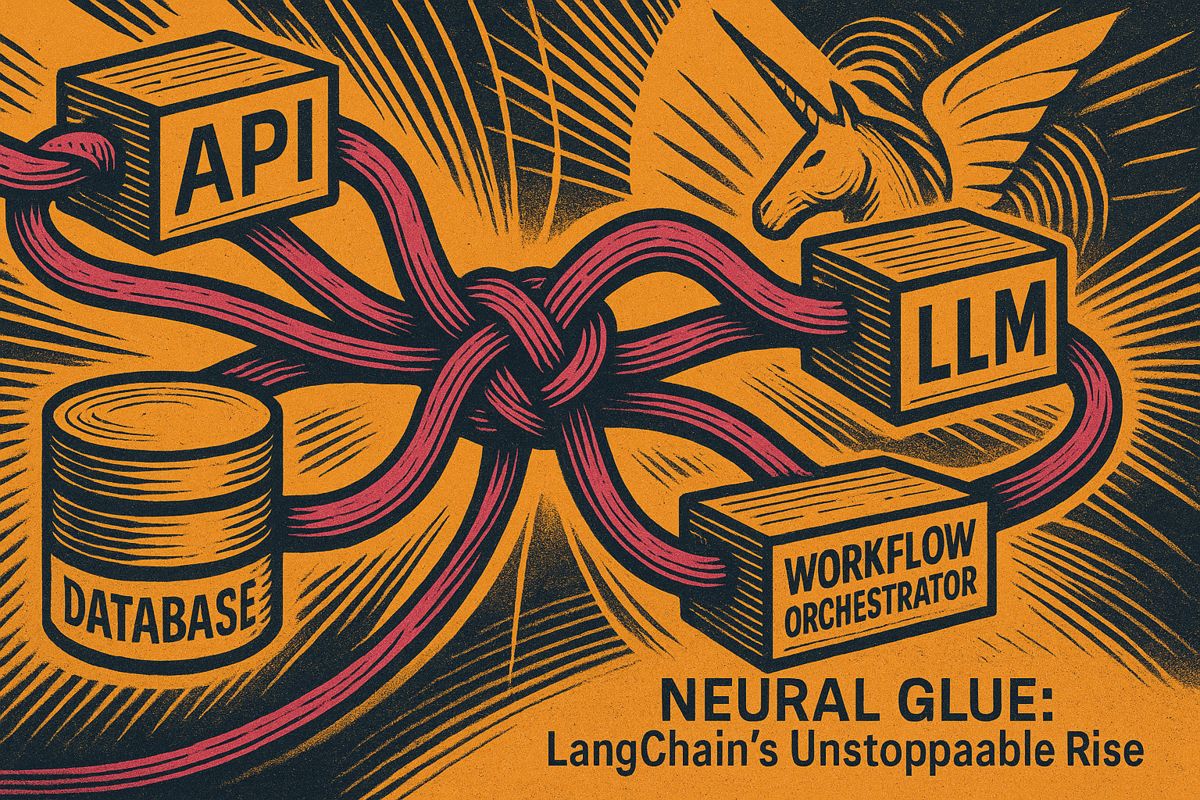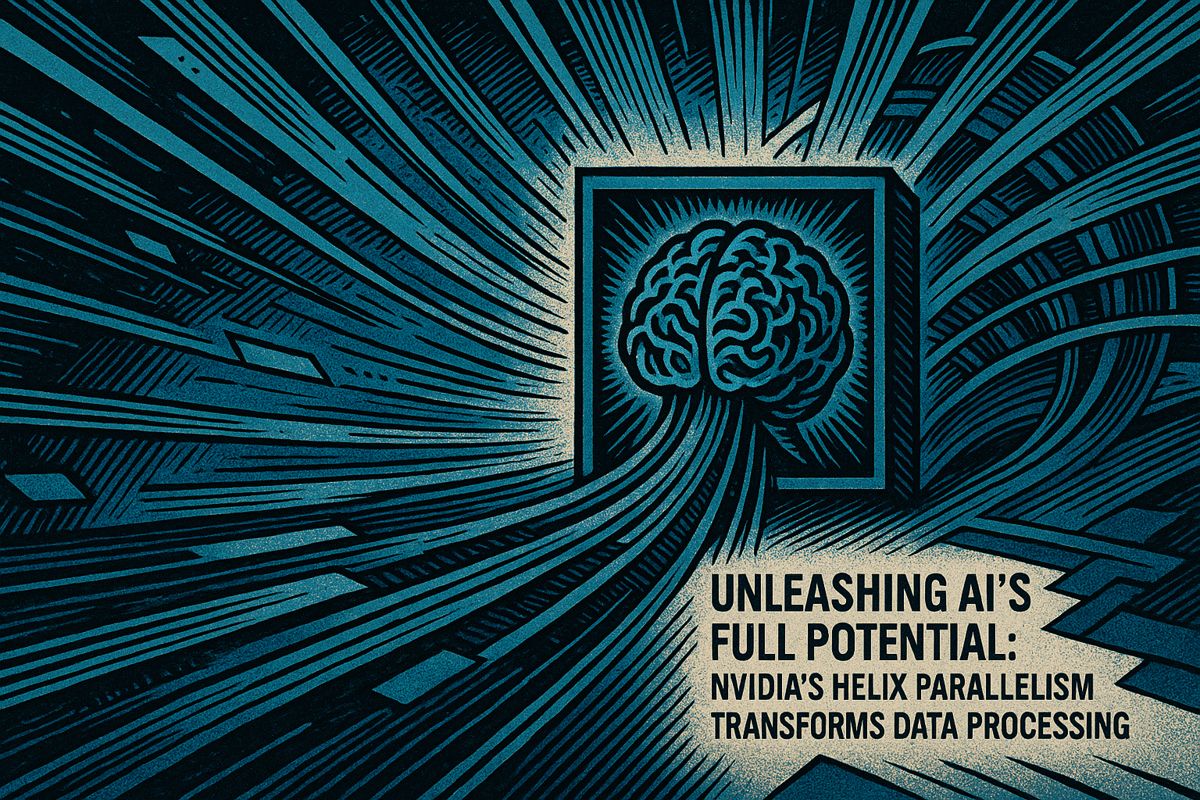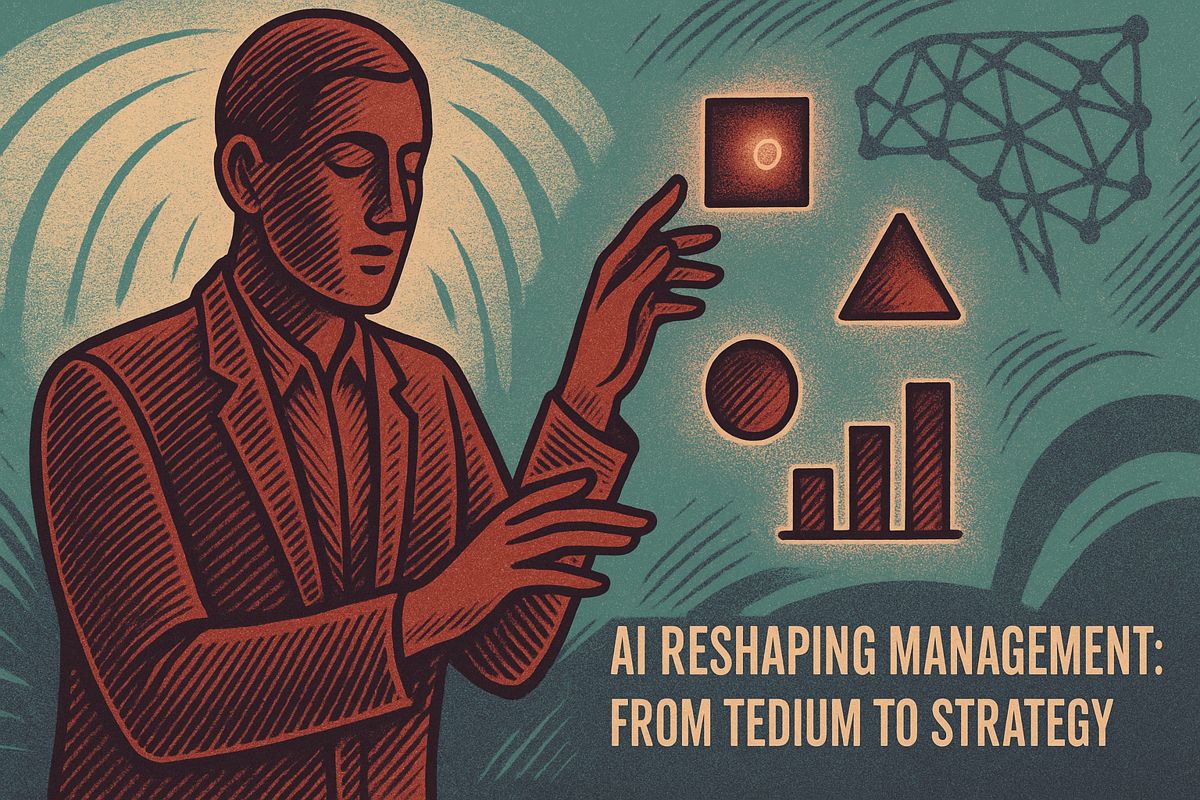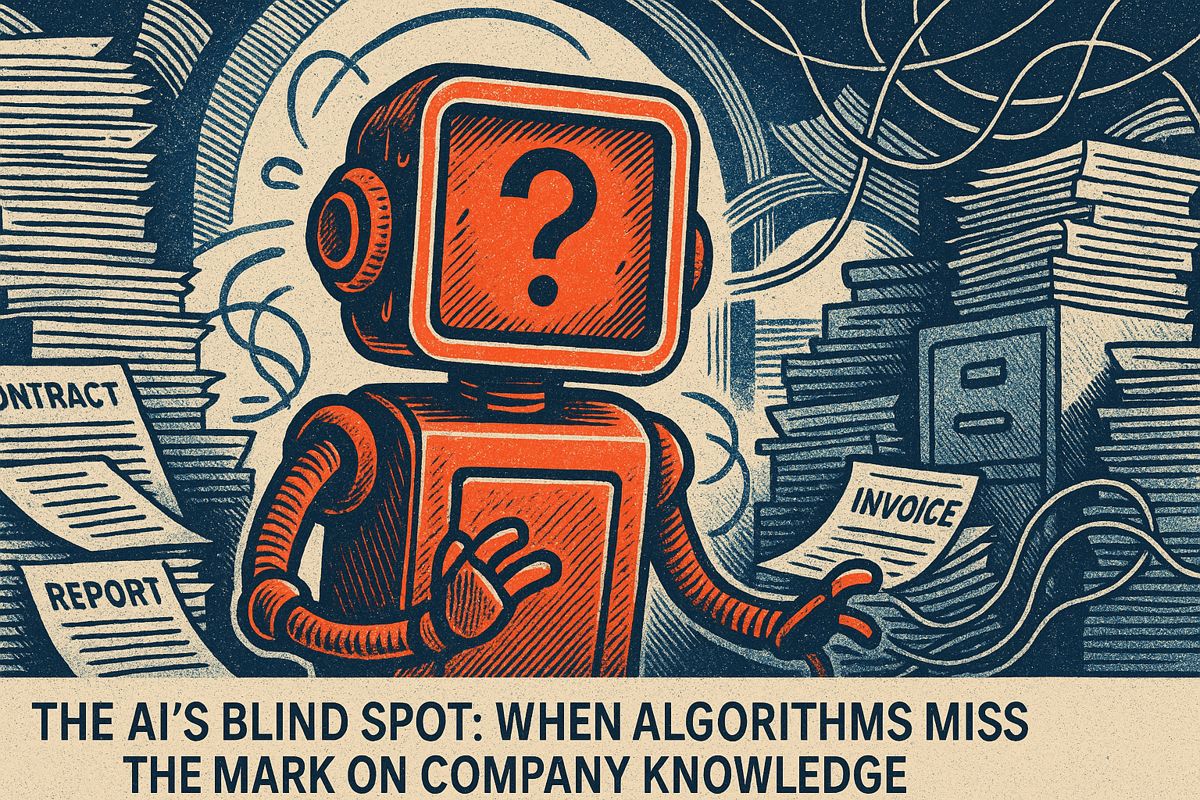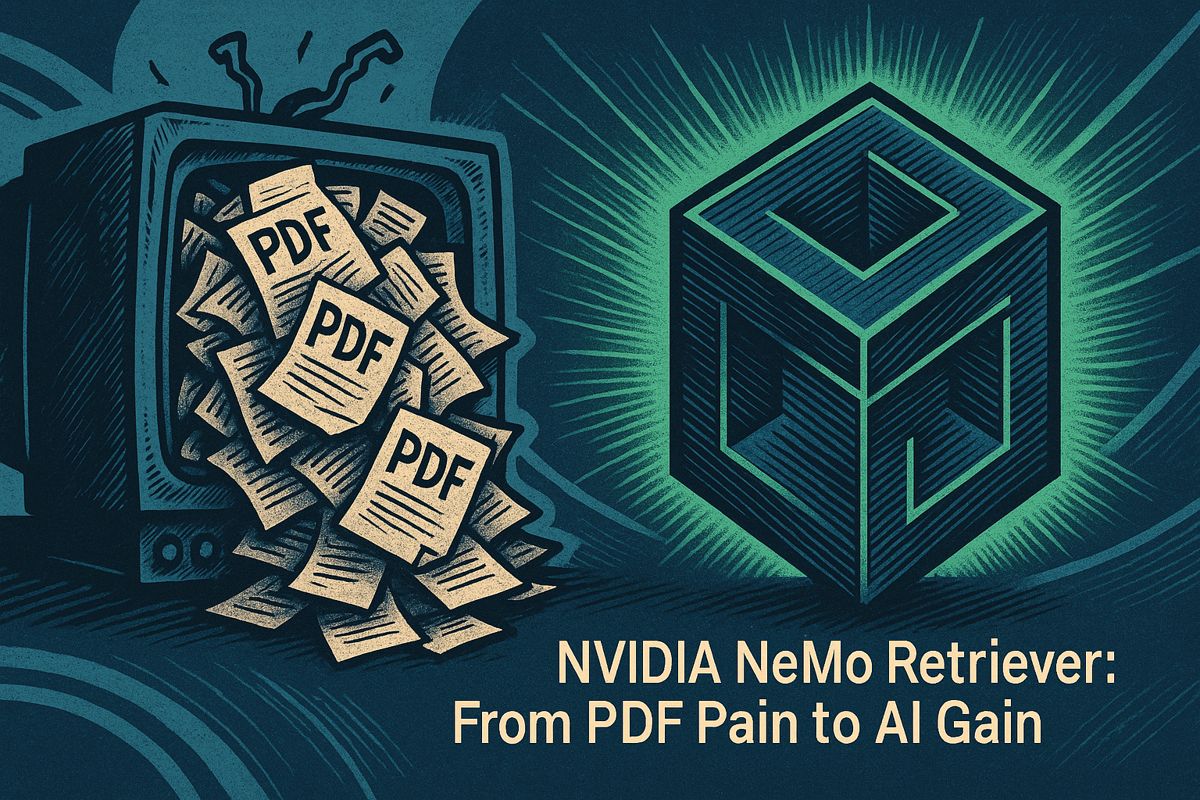LangChain, once a small idea, has exploded into a massive AI powerhouse, now worth nearly a billion dollars! It’s like a magical LEGO box for AI builders, helping smart computer brains (LLMs) talk to real-world tools and get things done. Developers love it because it makes creating amazing AI apps much easier and faster, turning complex ideas into working wonders. Even big companies trust it to build their advanced AI systems, proving it’s not just a toy anymore. This amazing rise shows that LangChain is truly building the factories for the future of AI.
What is LangChain?
LangChain is an open-source framework designed to bridge large language models (LLMs) with real-world tools and workflows, enabling the creation of advanced AI agents. It provides a modular set of components for building complex AI applications, from data connectors to workflow orchestrators, making it a critical tool for developers in the rapidly evolving AI landscape.
From Side Project to Serious Player
It almost defies belief, doesn’t it? In the blink of an eye, LangChain has hurtled from open-source obscurity to brushing against that hallowed $1 billion unicorn threshold, with investors like Sequoia and Benchmark fanning the flames. I remember, not so long ago, peering at an early LangChain script with a friend – our faces lit only by the dull blue glow of our monitors, eyes blurring as we tried to decipher its puzzle-box documentation. Back then, it felt like a toy for AI tinkerers. Now? It’s the scaffolding undergirding the next wave of AI agents, and the world seems to be catching on a little breathlessly.
Founded in October 2022 by Harrison Chase, formerly of Robust Intelligence, LangChain set out to solve a concrete pain: bridging large language models with practical, real-world tools and workflows. By 2023, after a $10 million seed led by Benchmark and a $25 million round with Sequoia, their valuation leaped to $200 million. Today, TechCrunch reports they’re teetering on the edge of unicorn status. Is it luck, or skill, or did everyone else just sleep through the starting gun?
LangChain’s open-source project on GitHub has ballooned to over 111,000 stars and 18,000 forks, which, for developers, is a signal flare: something special’s happening here. There’s a whiff of excitement in the air – almost like you’re at the edge of a crowded festival, ears buzzing, not yet sure what you’ll discover inside.
The LEGO Box for AI Builders
What exactly is this toolkit? Imagine LangChain as a modular set of bricks – APIs, data connectors, memory modules, workflow orchestrators – each one slick as obsidian and surprisingly sticky. If you’ve ever seen Pinecone or ChromaDB play tag with OpenAI’s GPT, you’ll know what I mean. I still recall the faint smell of burnt coffee at a Bangkok coworking space last winter, where a founder, knuckles white on his laptop, demoed a travel assistant held together with three APIs, a vector database, and LangChain. “It’s AI superglue,” he declared. His bot remembered that I hate coriander, and even managed to recommend a hole-in-the-wall noodle shop. Brilliantly absurd.
But this isn’t just about quirky prototypes. LangChain’s LangSmith observability platform, now pulling in between $12 and $16 million in annual recurring revenue, is trusted by heavyweights like Klarna, Rippling, and Replit. That’s not fluff – that’s a five-alarm fire on the business side. LangChain’s approach, providing tools for builders instead of end-user apps, echoes the wild west days of cloud infrastructure: forge the hammers and everyone comes to you when it’s time to build.
Competition, Chaos, and the Crown
Let’s get real: the AI developer world is one part marathon, two parts stampede. LangChain’s trump card? It sliced through the Gordian knot of integration and workflow orchestration – letting developers make LLMs fetch stock prices, summarize meetings, or even kick off a server-side workflow. I’ll admit, once, I got lost in a week of broken documentation – Discord was a cacophony of confused voices – but the pace of improvement was, and is, ferocious. More accurate than a compass in a magnet factory, if you’ll pardon the image.
Of course, the competition is sharpening their teeth. Haystack, LlamaIndex, and AutoGPT are circling, each with their own devoted fanbase. Yet LangChain’s rapid-fire adoption – from open-source darling to enterprise backbone – seems to keep it two steps ahead. Developers are ravenous creatures: if you shave hours off their integration pain, they’ll sing your praises as if you’d reinvented Python. The platform’s numbers don’t lie, and neither does the palpable sense of FOMO among rival teams.
Bigger than Robots: Building the Factories
Here’s the punchline for your next awkward tech mixer: LangChain isn’t building the robots. It’s building the robot factories. This shift, from open-source curiosity to linchpin of modern AI workflows, feels inevitable in hindsight. That said, I still get a pang of anxiety – what if they stumble, or the next API-breaking update burns bridges? But then I look at the developer groundswell, the sticky revenue, the restless innovation. Relief. Curiosity. Even a dash of envy, if I’m honest.
So, if you’re wondering why all the noise around LangChain isn’t dying down, maybe it’s because they got the most important part right: empowering others to build, break, and rebuild. The future’s noisy, and LangChain’s making a racket worth listening to. Or, at least, worth squinting at the docs for one more hour…

